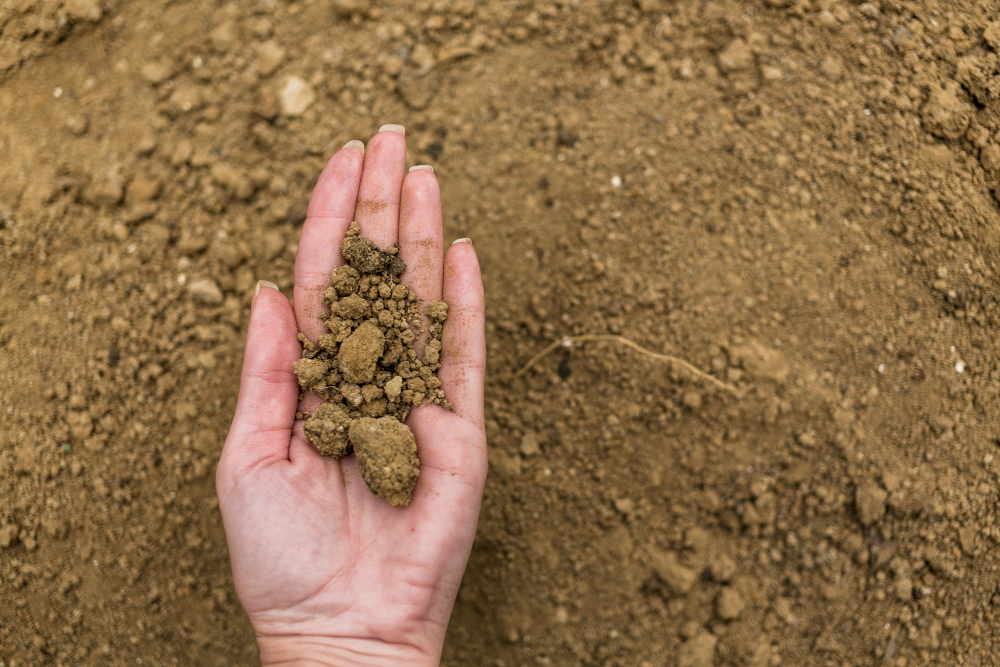Tips for Installing Sod on Clay Soil

If you plan to install sod on your lawn, it is important to understand the type of soil in your backyard. Clay soil can be a challenge when it comes to growing a healthy lawn. Fluctuations in moisture levels and soil compaction can make it difficult for the roots of the grass to penetrate and establish. But with the right steps, you can still achieve a lush and vibrant lawn even on clay soil. In this article, we’ll share some essential tips for installing sod on clay soil.
1. Soil Preparation
The first step in installing sod on any type of soil is to prepare the ground, and this is especially crucial when it comes to clay soil. The soil should be tested for pH and its nutrient content, and any necessary amendments should be made to ensure that it is fertile enough to support healthy grass growth. It’s also important to remove any rocks, roots, or debris from the surface of the soil and level it properly. Finally, you can add organic matter, such as compost, to improve soil structure and drainage.
2. Timing
The best time to install sod on clay soil is during the cooler months of the year, such as early spring or fall. This will allow the sod to establish its root system without being exposed to high temperatures and drought stress. It’s also important to water the sod frequently during the first few weeks after installation to keep the soil moist and facilitate the rooting process.
3. Adequate Drainage
Clay soil tends to retain moisture, which can quickly become a problem if the lawn is not provided with adequate drainage. Poor drainage can lead to waterlogging, which suffocates the roots and invites fungal diseases. One way to improve drainage is to install drainage tiles or French drains, which redirect excess water away from the lawn. Another option is to create a slope in the lawn surface that helps water flow away from low spots.
4. Install Sod Correctly
When laying the sod, ensure that the rolls are placed tightly against one another to avoid gaps that can dry out and hinder the rooting process. Avoid walking on the sod during installation and bobbing it with a water roller to reduce air pockets. You can use a sod cutter or sharp knife to trim the sod around obstacles such as trees and garden beds.
5. Ongoing Maintenance
After the sod has been installed, proper ongoing maintenance is crucial to ensure its survival and health. This includes regular watering, mowing at the right height, and fertilizing according to the needs of the specific turfgrass species. It’s also important to be vigilant for signs of disease or pests and address them promptly.
Conclusion
With these tips in mind, installing sod on clay soil can become a successful and stress-free experience. Remember to prepare the soil properly, time the installation appropriately, ensure proper drainage, install the sod correctly, and maintain regular upkeep. If you need help with sod installation in Orlando, FL, don’t hesitate to reach out to From The Ground Up Landscaping for expert guidance and free estimates. We are dedicated to helping you achieve the lawn of your dreams!